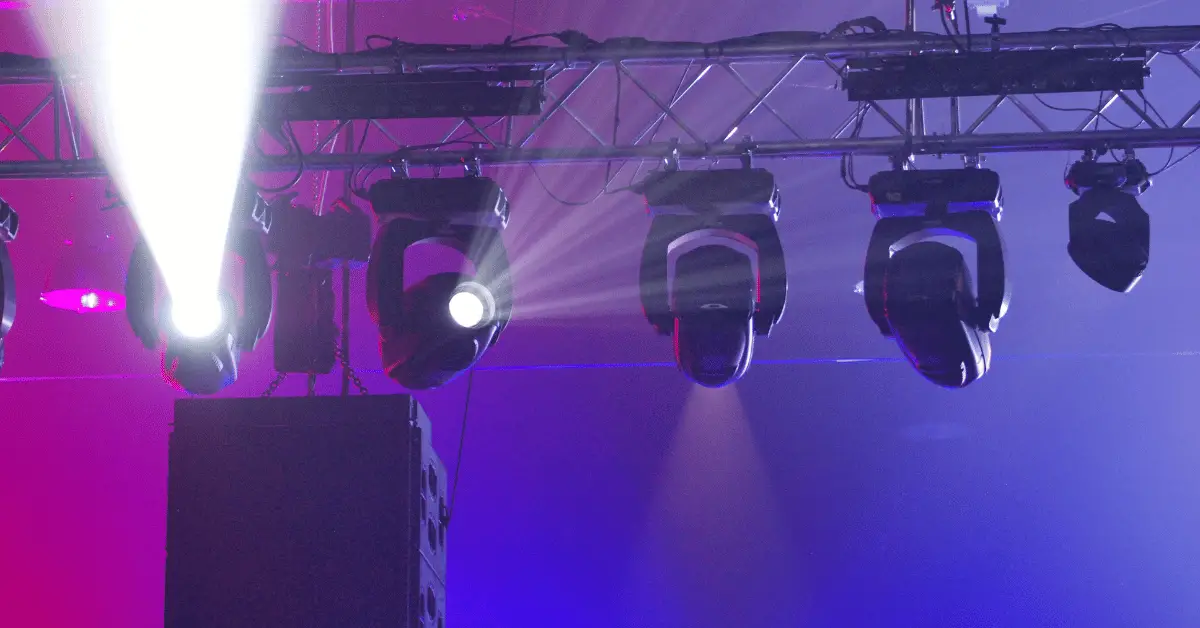Projectors are a popular way to enjoy movies, presentations, and other media on a large screen. While most projectors are designed to be mounted horizontally, some situations may require vertical projection. For example, if you have limited space or want to project onto a tall, narrow screen, mounting your projector vertically may be the best option. In this article, we’ll walk you through the steps to mount a projector vertically and get the best possible image quality.
Table of Contents
How To Mount A Projector Vertically?
Projectors are a great way to enjoy movies, presentations, and other media on a large screen. While most projectors are designed to be mounted horizontally, there are situations where vertical projection may be necessary. For example, if you have limited space or want to project onto a tall, narrow screen, mounting your projector vertically may be the best option. In this article, we’ll walk you through the steps to mount a projector vertically and get the best possible image quality.
Step 1: Choose the Right Mounting Bracket
The first step in mounting a projector vertically is to choose the right mounting bracket. Look for a bracket that is specifically designed for vertical projection and is compatible with your projector model. Make sure the bracket is strong enough to support the weight of your projector and can be mounted securely to the wall or ceiling.
Step 2: Position the Projector
Before mounting the projector, position it on a table or other flat surface and adjust the image to ensure it is centered and straight. Use the keystone correction feature on your projector to adjust the image shape if necessary. Once the image is properly aligned, turn off the projector and unplug it from the power source.
Step 3: Install the Mounting Bracket
Now it’s time to install the mounting bracket. Use a stud finder to locate the studs in the wall or ceiling where you want to mount the bracket. Mark the location of the studs with a pencil. Then, use a drill to make pilot holes in the studs where you will attach the bracket.
Attach the bracket to the wall or ceiling using screws and washers. Make sure the bracket is level and secure before attaching the projector.
Step 4: Attach the Projector
Once the mounting bracket is securely attached, it’s time to attach the projector. Most mounting brackets come with adjustable arms that can be used to position the projector at the correct height and angle for vertical projection.
Attach the projector to the mounting bracket using screws and washers, making sure it is level and secure. Use the keystone correction feature on your projector to adjust the image shape if necessary.
Step 5: Connect the Cables
Finally, connect the cables to the projector. Make sure the cables are long enough to reach from the projector to your media source, such as a laptop or DVD player. Use cable ties or clips to keep the cables organized and out of the way.
Can projectors be mounted sideways?
Yes, projectors can be mounted sideways. Mounting a projector sideways is often referred to as portrait orientation or vertical projection, and it is commonly used for digital signage, artistic displays, and certain types of presentations.
Mounting a projector sideways requires a special mounting bracket that is designed for portrait orientation. This type of bracket allows you to mount the projector securely to the wall or ceiling and adjust the angle of the image to match the orientation of the screen.
Before mounting a projector sideways, it’s important to consider the following factors:
- Image quality: Projectors are designed to project images in landscape orientation, which means that the image quality may be compromised when the projector is mounted sideways. This can result in distorted images, uneven brightness, and reduced color accuracy. To minimize these issues, choose a projector with a high native resolution and brightness, and use keystone correction and other image adjustment features to fine-tune the image.
- Lamp life: When a projector is mounted sideways, the lamp may wear out faster due to the increased heat and stress on the lamp. To extend the life of the lamp, make sure the projector is properly ventilated and use an eco-mode or low-power mode when possible.
- Installation: Mounting a projector sideways may require additional installation time and effort, as well as specialized tools and equipment. Make sure to follow the manufacturer’s instructions carefully and seek professional help if necessary.
In conclusion, projectors can be mounted sideways using a special mounting bracket designed for portrait orientation. However, it’s important to consider the potential impact on image quality, lamp life, and installation before deciding to mount a projector sideways. By carefully evaluating these factors and following best practices for installation and maintenance, you can enjoy a high-quality, vertical projection experience.
Conclusion
Mounting a projector vertically can be a great solution if you have limited space or want to project onto a tall, narrow screen. By following these simple steps, you can mount your projector securely and get the best possible image quality. Remember to choose the right mounting bracket, position the projector correctly, install the bracket securely, attach the projector properly, and connect the cables neatly. With a little effort, you can enjoy your favorite movies and presentations on a large, vertical screen.

